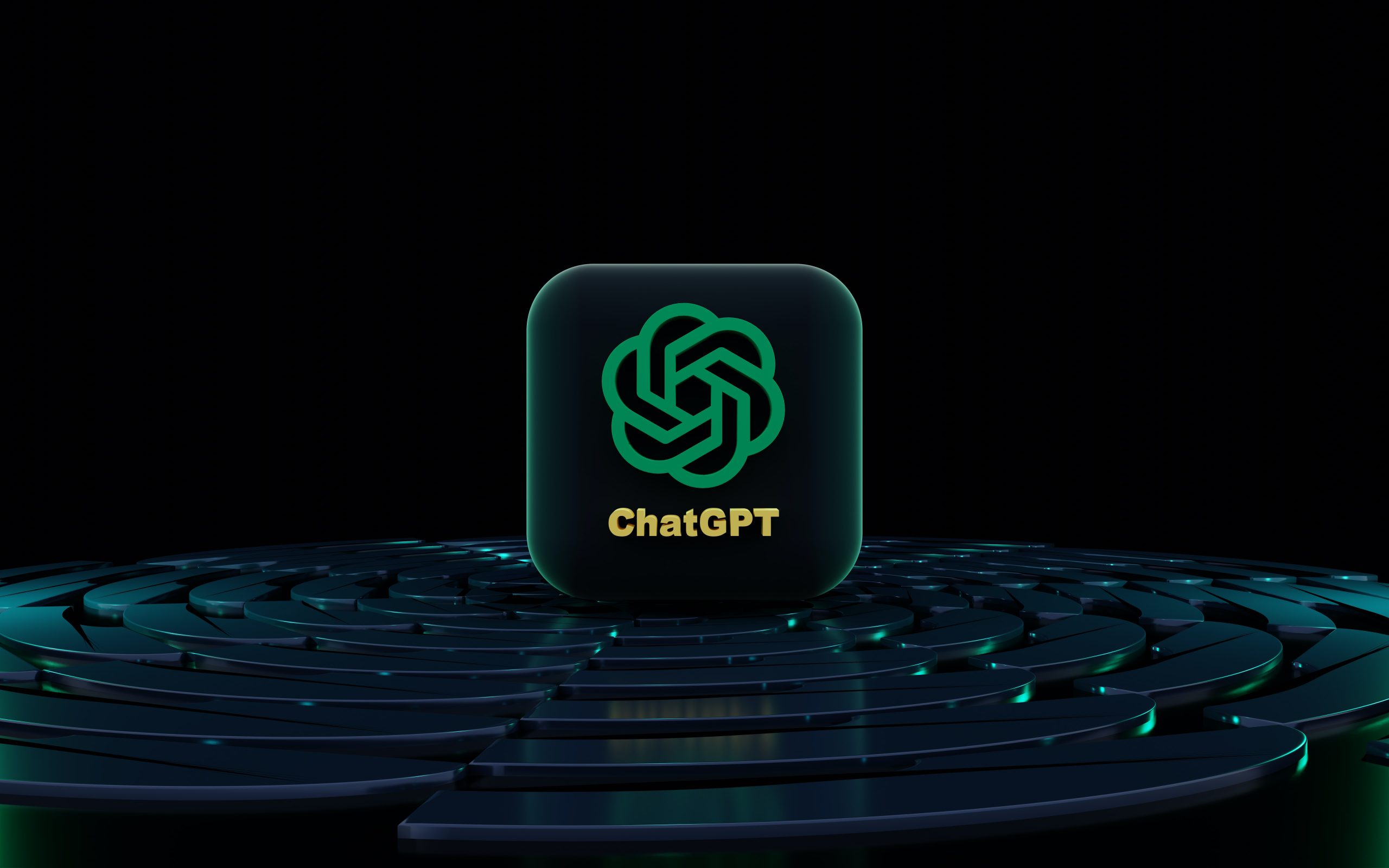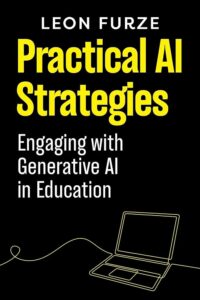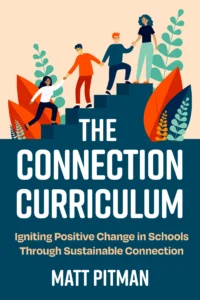As the world continues to witness the rapid development of Artificial Intelligence (AI), schools are increasingly facing the question of whether to adopt or ban the technology. There have been divided opinions on the matter, with some institutions including state schools in Victoria, banning the use of websites like ChatGTP, while Catholic schools, including my school John Paul College, are encouraging the integration of AI tools in their teaching and assessment systems.
It’s understandable that schools are struggling to find a balance between the advantages and disadvantages of AI. AI tools have the potential to help students learn and understand complex concepts better, offer instant feedback to students and teachers, and make assessments more objective and precise. However, the implementation of AI in education also raises concerns about the quality of education, the possibility of plagiarism, and the ethics of using technology to replace human interaction.
It’s crucial to approach the integration of AI in education with a balanced and pragmatic perspective. As we continue to learn more about AI, we must strike a balance between banning and uncritical adoption. Educators need to carefully consider how AI can be used to complement, rather than replace, traditional teaching methods.
However, it’s important to remember that AI tools are not a replacement for human interaction, nor do they have the same level of empathy and intuition that teachers possess. AI tools can provide instant feedback, but they cannot replace the personalised feedback that teachers give to their students. Furthermore, AI tools can help to grade assignments objectively, but they cannot replace the human touch in understanding students’ unique strengths, weaknesses, and learning styles.
There are so many AI apps on the market that can assist in learning. Here is a very small example.
- Language learning: Students can use AI-powered language learning apps like Duolingo, which uses AI algorithms to personalize the learning experience based on a student’s performance. URL: https://www.duolingo.com/
- Study assistance: Apps like Brainly provide a community-driven approach to studying, where students can ask and answer each other’s questions. The app uses AI algorithms to identify the most relevant answers and reduce spam. URL: https://brainly.com.au/
- Writing assistance: Grammarly is a popular AI-powered writing assistant that helps students improve their writing skills by identifying and correcting grammar and spelling errors, and suggesting improvements to sentence structure and tone. URL: https://www.grammarly.com/
- Research assistance: Students can use AI-powered search engines like Semantic Scholar to search through academic papers and research articles to find relevant information for their assignments. URL: https://www.semanticscholar.org/
- Personalized learning: Smart Sparrow is an adaptive learning platform that uses AI algorithms to create personalized learning experiences for students. It provides interactive content and assessments that adapt to a student’s performance and learning style. URL: https://www.smartsparrow.com/
AI is moving fast. Every day there is a new suite of apps available for staff and students to explore. While we do not know what future role that AI will play in our lives, for now it is another tool that students and teachers can use to assist and enhance our learning.





